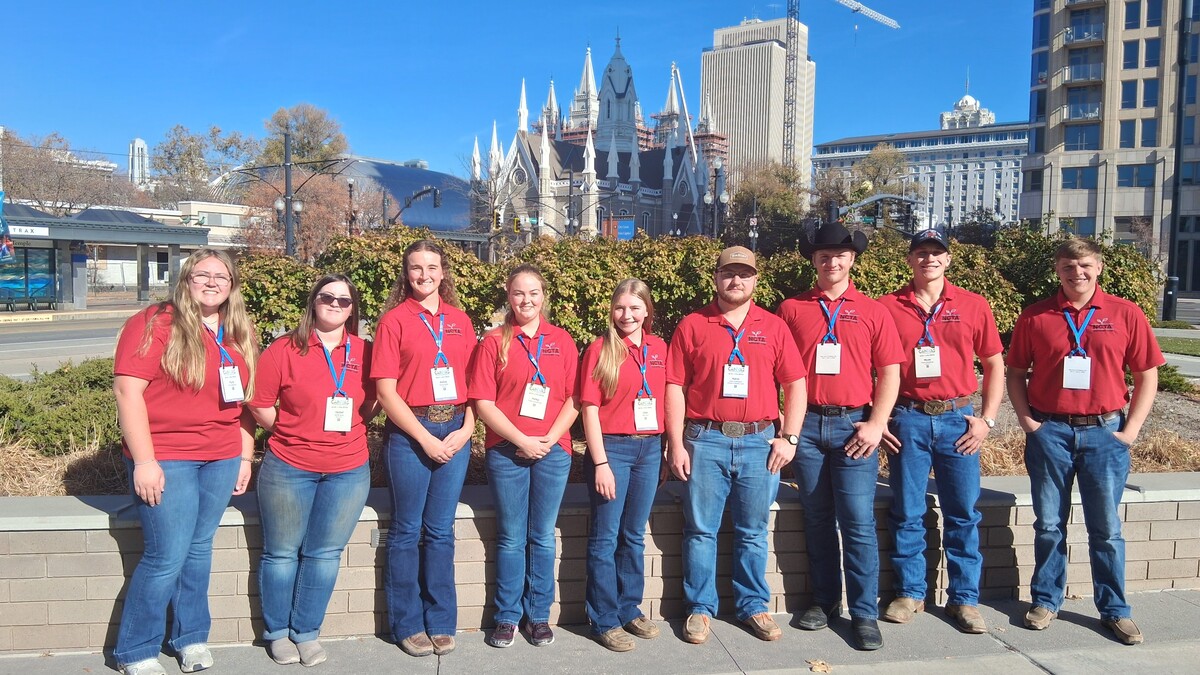December 18, 2012
LINCOLN, Neb. — Drought is hard to prepare for and even harder to predict. Last summer caught some producers by surprise, and they have had to contend with high feed costs and limited availability.
Next year, though, shouldn't catch anyone by surprise. It will be nearly impossible to fully recharge moisture into the soil profile by next spring. Unless fields receive lots of extra, good soaking moisture next spring, dryland yields are likely to be below average. And since there will be very little hay carryover, prices are likely to stay high, said Bruce Anderson, University of Nebraska-Lincoln Extension forage specialist.
"Most pastures were grazed more heavily last year than usual," Anderson said. "They have almost no forage remaining for use next year and most root systems were weakened going into winter."
Carrying capacity for pastures next year probably will be less than average unless they receive above average precipitation. Even with extra rain, though, spring growth could be slower or later than usual, Anderson warned.
These effects leave producers with several choices. Anderson said they could plant annual forages or rent cornstalks for winter grazing, adding that producers should consider how they might take advantage of any rain they do receive.
"I suggest you take a realistic look at your livestock forage program," he said. "If it stays dry, can you afford to keep doing what you have been doing?"
12/18/12-KJ
Bruce Anderson - Ph.D
Agronomy
Professor
(402) 472-6237
Dan Moser
IANR News Service
(402) 472-3007







